I’m ideologically opposed to bicycles for all the obvious reasons: they don’t have lovely big nostrils which you can blow across gently or stroke inside to feel the soft, delicate skin; they can’t jump hedges; and the kit you’re expected to wear on them is quite hideous – not a smart, black, 18th-century-looking coat but vile, garish, deeply unflattering and unsexy Lycra.
Already a subscriber? Log in
Subscribe for just $2 a week
Try a month of The Spectator Australia absolutely free and without commitment. Not only that but – if you choose to continue – you’ll pay just $2 a week for your first year.
- Unlimited access to spectator.com.au and app
- The weekly edition on the Spectator Australia app
- Spectator podcasts and newsletters
- Full access to spectator.co.uk
Or
Unlock this article
You might disagree with half of it, but you’ll enjoy reading all of it. Try your first month for free, then just $2 a week for the remainder of your first year.


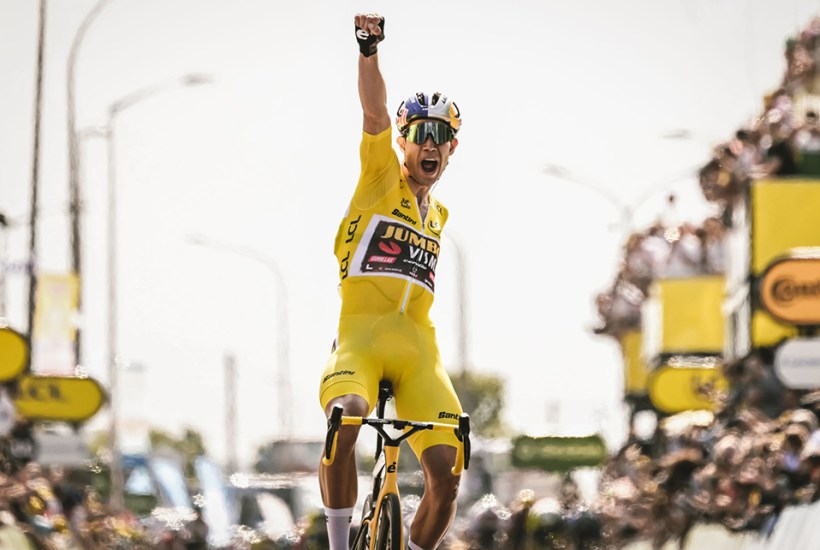
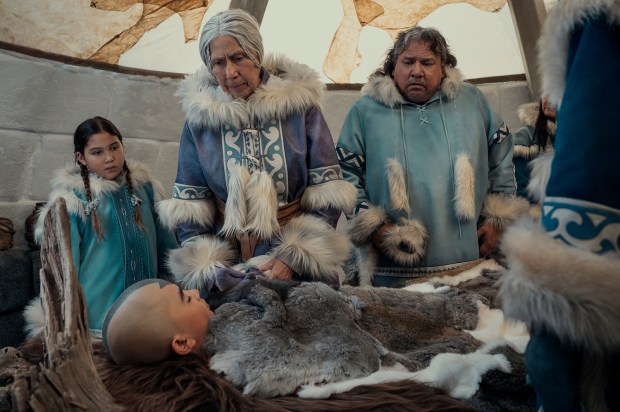
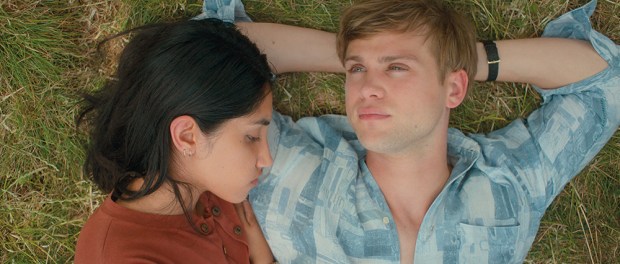
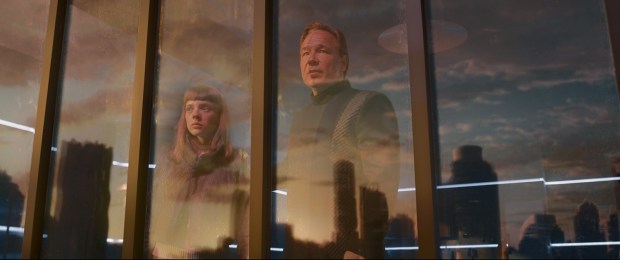
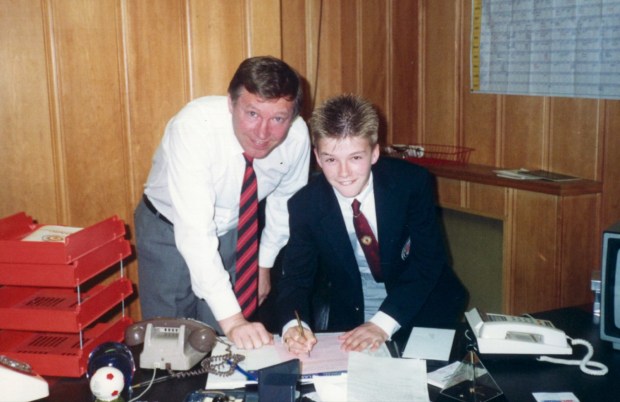
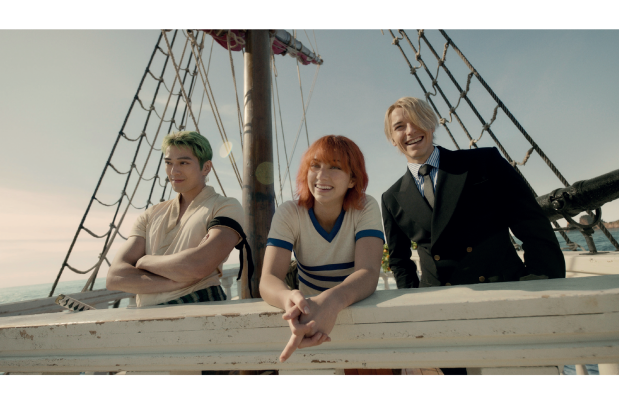
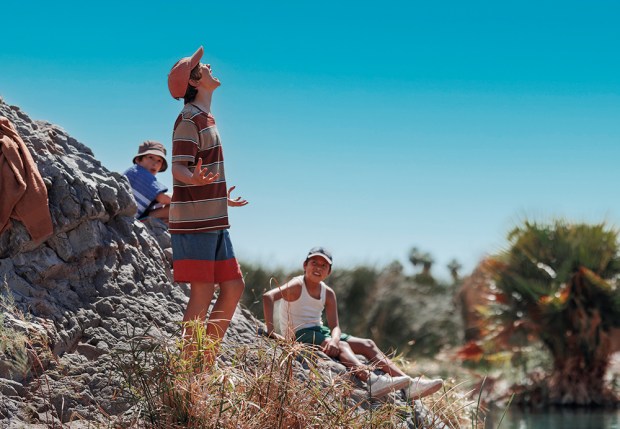






Comments
Don't miss out
Join the conversation with other Spectator Australia readers. Subscribe to leave a comment.
SUBSCRIBEAlready a subscriber? Log in